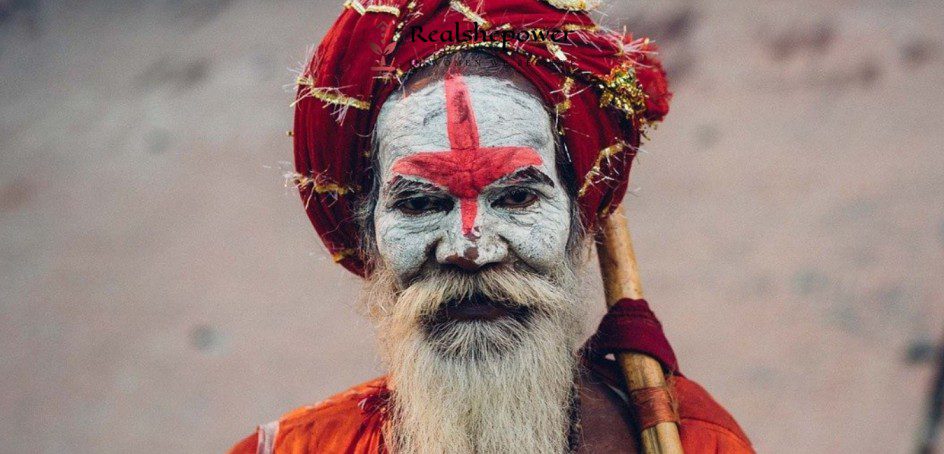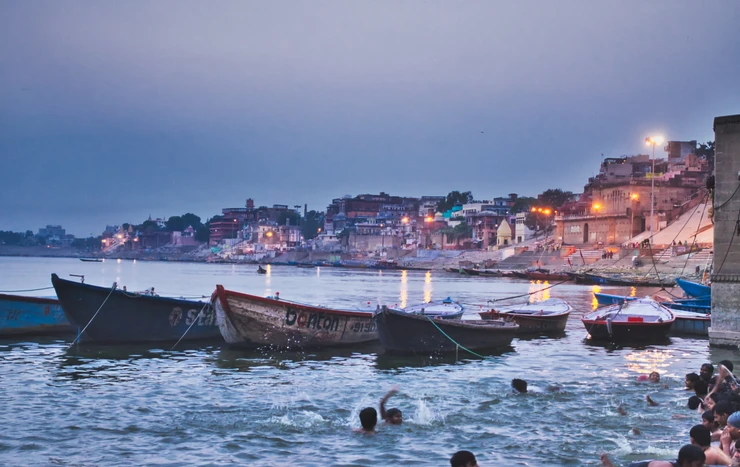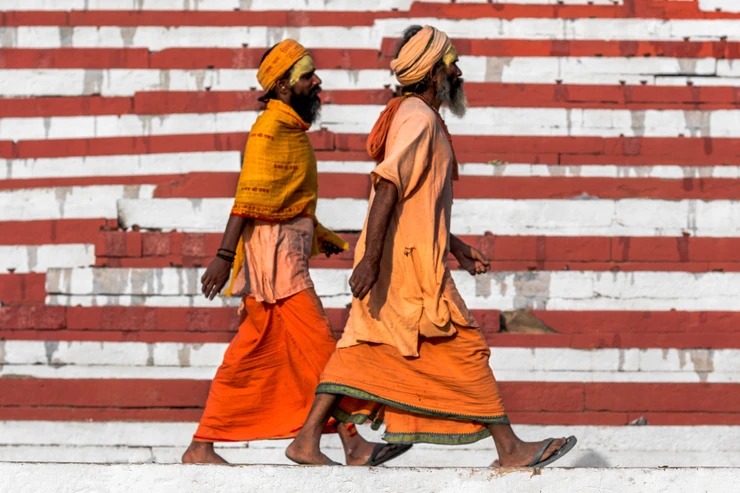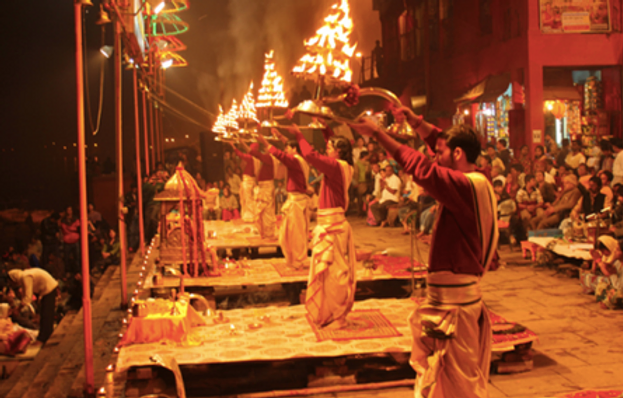Welcome to Banaras: The soul of India


Banaras is the world’s oldest, continuously inhabited city resting on the banks of the holy river Ganga. Often described as the land of the Hindu god Shiva, it’s a jarring paradox of life and death.
“Banaras is older than history, older than tradition, older even than legend and looks twice as old as all of them put together.”
Mark Twain
There’s an uncanny, mystical charm to the city, which can only be felt by visiting the land itself.
We bring to you a well defined, compact yet enriching itinerary of the city.

Bananas is also known as Kashi or Varanasi. It is the only city in India, or perhaps in the world where you see the celebration of life and death together. The sight of children playing juxtaposed with funeral pyres being burned is a fitting reflection of reality. The people of Banaras have grown up seeing this contrast, and maybe that’s why death is not a taboo here. They’re aware and have readily accepted the only truth about life: dying. They seem to be content with their lives.
If you happen to lose your way in the narrow winding streets of Banaras, stop and ask any shopkeeper lining the street or passerby for directions, and see their eyes light up. They’ll be happy to guide you and help you find your way. There’s a sense of calmness and peace underlying its crowded streets. You have to give the city and yourself time to embrace its noise and silence.
Begin your journey from its 84 ghats (river fronts)

Be ready to explore the city’s 84 ghats. If that seems like a lot, then visit the oldest and most famous ones: Manikarnika, Dashashwamedh, and Harish Chandra Ghat. Their individual significance and unique stories will keep you occupied for a day. Try not to be overwhelmed by the many sensory stimulations, and you’ll see
stillness and mobility coexisting in one place.
The old stone architecture, the saffron-clad saints, men, women, and children taking a dip in the Ganges and the chanting of mantras and prayers throughout the day is what awaits you at the ghats. Take an early morning boat ride for the stunning visuals of the sunrise, or an evening boat ride to see the daily ritual of Ganga Aarti. This event will give even nonbelievers goosebumps.
Life at the Indian Riverfronts

When you are on the ghats, find a spot for yourself. Sit there while relishing in your kulhad chai (tea in earthen pot). If you’re close to Assi Ghat, then enjoy some black tea from Pappu Chai near Marwari Sewa Sangh.
Sitting on the ghats, observe the occurrence of multiple, distinct activities happening in the same place at the same time. If you wish to take pictures, you can ask people, and they’ll be happy to pose for you. If you know some Hindi, then start a conversation with the person sitting near you. If he or she happens to be a local, they’ll bombard you with so much information and so many anecdotes that you won’t feel the need to hire a guide. If you’ve already hired a guide then be prepared to see and visit one of the most auspicious ghats in Banaras, Manikarnika, where hundreds of bodies are burned every day.

Being cremated in Banaras has the power to free you from the cycle of birth and rebirth, or so it’s believed by Hindus. They consider Banaras to be the land of moksha, or liberation. For this reason, the bodies of the deceased are brought from far-off places to be cremated and people on the verge of dying flock to Banaras for their final days.
Diana Eck, author of Banaras: the City of Light, and Professor of Comparative Religion and Indian Studies at Harvard University wrote in her book,
“Death in Kashi is not a feared death, for here the ordinary God of Death, frightful Yama, has no jurisdiction. Death in Kashi is death known and faced, transformed and transcended.”
Despite being one of the most visited tourist spots in India, this place is not for the faint-hearted, and yet you should visit at least once in your lifetime. I say this because even for me, an Indian from Delhi, a visit to Banaras was such a startling and unforgettable experience that I ended up visiting the city multiple times just to take in its enormity. And I must confess, I have yet to gauge the duality, complexity, and exuberance for life and death in this city of lights.
People visit Banaras to Die
What you might find as fascinating as I did is that there are three guesthouses in Banaras where people come to die. Kashi Labh Mukti Bhawan, Mumukshu Bhawan and Ganga Labh Bhawan.
Both rich and poor can check in to these places by paying a fixed amount, and the maximum stay is thirty days. If you haven’t died within this timeframe, you have to leave. Remember, these are not ordinary guesthouses. With the basics of a bed and a room, there’s nothing more to be offered here. However, talking and listening to the people on their deathbed can be an eye-opener. But if this isn’t what you’re looking for, then start heading towards the main city, away from the life at the ghats. Just make sure to be back for the evening prayer.
Not to miss: Mouthwatering street food

Start walking around the narrow streets of the city and stop at Kashi Chat Bhandar near Girja Ghar Chauraha serving mouthwatering palak chaat, tamatar ki chaat and kulfi falooda. Try them all and you would want to have more. Then find your way to the Rajendra Chaurasia Paan to have the best paan you’ll ever eat in your life. This tiny triangle of dried fruits, spices and seeds wrapped in a beetle leaf is used kind of like a mint that isn’t minty in India. If you haven’t tried it before, then you can safely go for the meetha paan, or sweet paan. You’ll also see lassi shops almost on every corner of Banaras, but the best version of this milk-based beverage is found at Rajaram Lassi in Thateri Bazaar. Missing out on this creamy drink will be a crime.
What you also shouldn’t miss is the evening prayer of the Ganges. The Ganga Arti takes place at the Dashaswamedh Ghat every evening. The Dashaswamedh Ghat is close to Vishwanath Temple, one of the holiest shrines to Lord Shiva. The temple is also the starting point of the sacred Panchkoshi Yatra. It’s a 55-mile-long barefoot walk encircling Kashi and Banaras.
Every day exactly at sunset, the forty-five minute Ganga Aarti begins. Locals and tourists alike start rushing towards the Dashaswamedh Ghat at around five in the evening to reserve the nearest spot for themselves. At the onset of the Aarti, the riverbank lights up with floating diyas, the synchronized chanting of Hindu pundits singing the lamps. The smell of sandalwood permeates the air. It’s a blissful sight.

So great is the acclaim of the Ganga Aarti that photographers from around the world visit Banaras to capture the magnanimity of this daily event. The visuals are sure to stay with you, and so is the feeling of being present in that illuminating environment.
Banaras, a city unlike any in India, is packed with more than two thousand temples. It’s revered as one of the seven holiest places in the country, one of the most loved spots by tourists, and the quintessential image of India’s rituals, traditions, and cultures. As mentioned before, the magic of this land can only be felt by visiting it. Words and images can’t do justice to the feeling, the aura, the sublime beauty, and the spiritual wisdom that you’ll receive in Banaras, only if you’re prepared to be uncomfortable.
